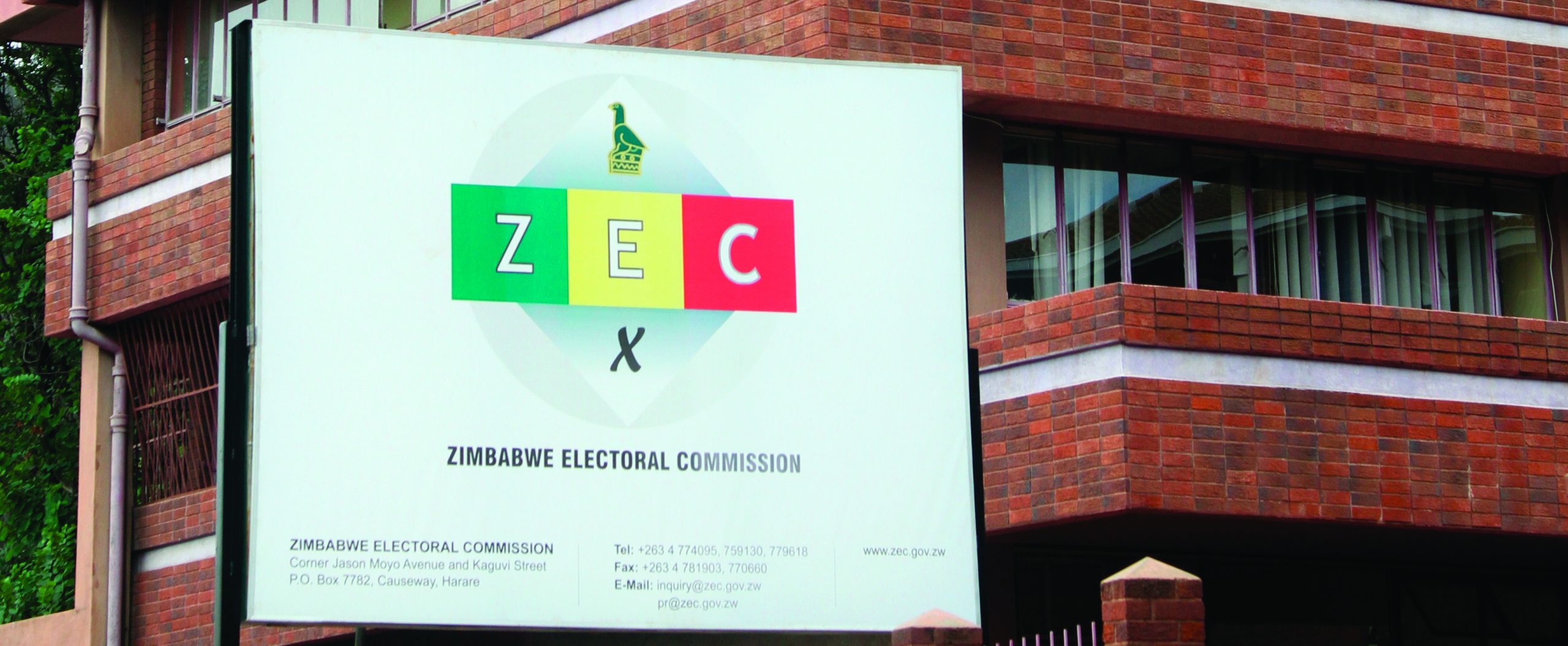
There is a thin layer between fiscal and the monetary policies.
The Reserve Bank of Zimbabwe (RBZ) has control over the monetary policy whereas the fiscal policy is formulated by the Finance ministry through Treasury systems.
But these two entities dovetail.
Some economists say that these two policy frameworks are the foundation for sustainable economic growth, though this might vary from one society to another.
Poor monetary and fiscal policies can result in economic challenges like what Zimbabwe has been going through.
Former RBZ governor Gideon Gono oversaw the highest inflation rate in 2008, leading to the abandonment of the local currency.
The peak month of hyperinflation occurred in mid-November 2008 with a rate estimated at 80% per month.
Generally, it is believed that printing new notes that have no value can contribute to the high rate of inflation.
- Chamisa under fire over US$120K donation
- Mavhunga puts DeMbare into Chibuku quarterfinals
- Pension funds bet on Cabora Bassa oilfields
- Councils defy govt fire tender directive
Keep Reading
Even the informal dealers in foreign exchange in Zimbabwe can know the negative effects of introducing new notes that have no value due to experience they have on the black market.
One could posit that money-changers in Zimbabwe are good “economists” because they can predict the government auction and the black market forex exchange rates a few days before the circulation of new notes.
The 2007 bearer cheque series that was first issued on the second of March 2007 with the introduction of $5 000 and $50 000 cheques fuelled the inflation rate.
Initially, the notes were introduced to act as intermediary denominations between the $1 000, $10 000 and $100 000 cheques respectively.
The prices of goods and services went up at a faster rate.
This was after the government’s decision to introduce new notes.
Some people like me struggled to read out the figures that were written on the bearer cheques because of the chain of zeroes.
It was a hard time for the general citizens, who could not afford goods and services like health care.
Ironically, the figures were big but not enough to buy a loaf of bread. There was no fixed price of bread or bus fare.
What was needed during that time was to estimate how much the price of bread and bus fare changed hourly even as one was still in a queue to board a bus.
The use of hyperbole like [You need to push your money in a wheelbarrow] when going to buy a loaf of bread conveyed humour and exposed the government’s poor monetary policies.
Some believe that the government of national unity (GNU) brought about better fiscal and monetary policies in Zimbabwe.
Former Finance minister Tendai Biti’s presentation of his second budget after being appointed in February 2009 reaffirmed his commitment to a balanced budget with no government borrowing during the period of 2009.
Biti, who was a member of the GNU that brought together the late former president Robert Mugabe’s Zanu PF and the late opposition MDC-T) leader Morgan Tsvangirai in 2009, revealed that the banking system, whose deposits were effectively wiped out by hyperinflation, had balances of some US$700m.
Since lending was depressed at US$263 million, Biti blamed it partly on the “extortionate, usurious” interest rates that were being charged by the banks.
Biti highlighted that out of 28 banks, 15 had met the central bank’s minimum capital requirements of which three were marginally short and 10 were “undercapitalised”.
Poor monetary and fiscal policies can be a threat to the sustainable business environment for banks.
Some believe that the multi-currency system that was introduced when Biti became Finance minister transformed Zimbabwe’s economic situation.
During that time, the country was somewhat able to strike a balance between growth and stability.
Others question whether the positive spin-offs stemmed from the confidence brought into the economy by the introduction of the multi-currency regime or it was due to a better policy framework?
Some researchers say Zimbabwe’s economy grew at an average of 12% from 2009 to 2013, making it one of the growing economies in the world recovering from negative growth from 1998 to 2008.
The Consumer Price Index (CPI) in Zimbabwe rose from level 97.1 in 2009 to level 109.1 in 2013 which declined by 1% after GNU in 2014.
Both the Finance ministry and RBZ should rely on the historical data when crafting the monetary and the fiscal policy to obviate previous mistakes.
Research and development is not a choice, but it is a fundamental process before policy implementation.
The Zimbabwe government introduced bond notes in 2016 as a monetary policy to address cash challenges.
However, the notes have not been able to achieve the intended purpose but it rather worsened the cash challenges because people would still queue for bank notes.
When bond notes were introduced, RBZ governor John Mangudya said they were guaranteed by an African Export and Import Bank loan and that anyone could exchange the surrogate currency at par with US dollars.
Honestly, by rating the US$1 to be 1:1 with the $1 one would be understating the value of the United States dollar.
Of course, being confident with local currency shows some kind of patriotism but some rejected the bond notes before they even started circulating.
Industry and ordinary consumers greeted RBZ’s bond notes with mixed feelings when the promissory notes rattled the market.
Some economists criticised the government’s decision hinting on the negative impacts of the bond notes to the economy.
In an interview with 263chat, Biti castigated the government over its decision to introduce bond notes into the market saying the move would result in externalisation and closure of companies among other dire consequences.
Probably, the move was the government’s plan to remove the multicurrency system.
The new administration under President Emmerson Mnangagwa brought some monetary and fiscal policy changes since 2017.
The increase of black market money supply due to mobile money platforms such as Ecocash and One Money is believed to be the major reason why the local currency keeps losing its value.
Mobile money platforms feed the foreign exchange market and this might have pushed the government to put a stipulated limit on mobile money transfers per day.
But the exchange rates are going up every month despite the government’s foreign exchange auction system.
The RTGS salary increment for the civil servants is also another factor that can affect the exchange rates.
Recently in July this year, the government announced that it had increased civil servants’ salaries by 50%.
This could have prompted a sharp increase in exchange rates.
When mthuli Ncube was appointed as Finance minister many people believed in him as he kept on mentioning the term “surplus” whenever he would be giving an update on his plan to revive the economy.
The truth is conditions for the ordinary person show that the economy of Zimbabwe is not getting any better.
Only a policy rethink can save Zimbabwe from further economic ruin.
- Evans Mathanda is a journalist and development practitioner who writes in his personal capacity. For feedback email: evanngoe@gmail.com or call 0719770038 and Twitter @EvansMathanda19










